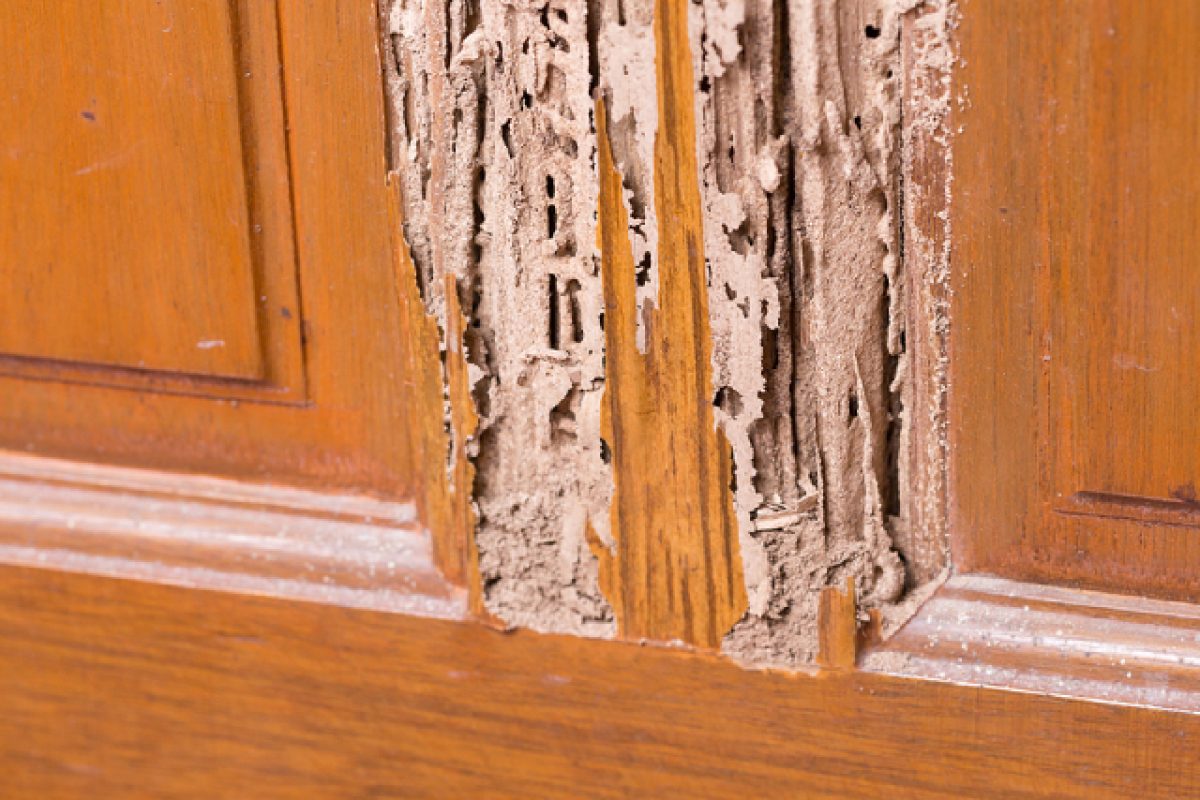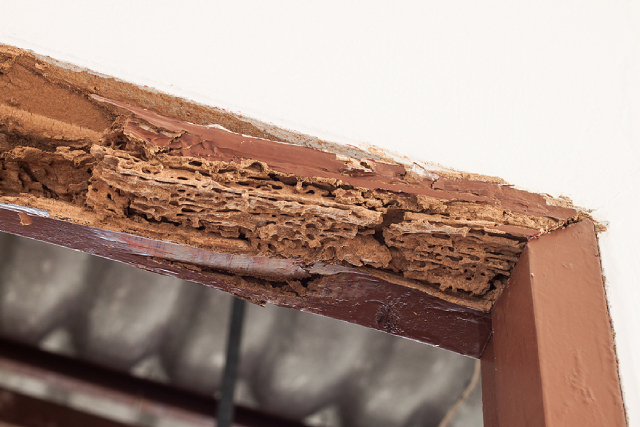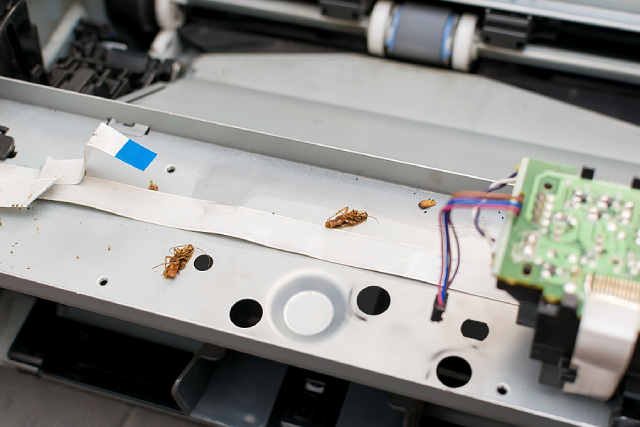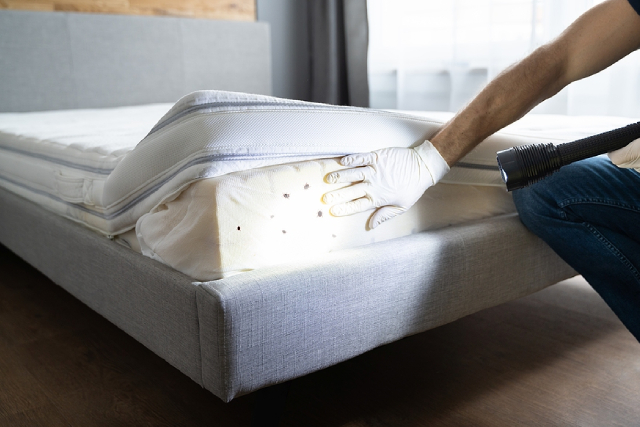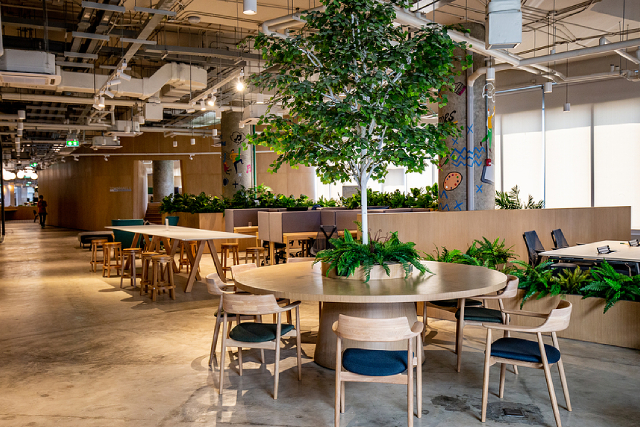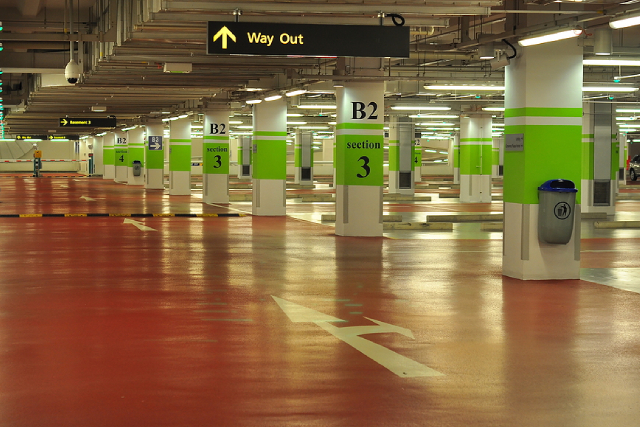Subterranean termites tend to follow a predictable pattern. They live underground, rely heavily on soil moisture, and build mud tubes to reach wooden structures above the surface. When people think of termite infestations, they usually picture these mud tubes crawling up a wall or tree trunk, making it easier to detect and eliminate the problem early.
But what happens when termites don’t need soil at all? That’s where drywood termites come in. These pests don’t require contact with the ground, making them far more elusive,arguably more dangerous, and definitely not favoured in homes. They can infest wooden furniture, roof beams, and even decorative wooden trims. So, just how risky is a drywood termite infestation in homes and public spaces across Singapore?
What makes drywood termites so different?
Drywood termites are unique because they live inside the wood they consume. Unlike their subterranean cousins, they don’t need moisture from the soil to survive. Instead, they extract all the moisture they need from the wood itself. This means they can take up residence in your ceiling beams, door frames, cabinets, or antique furniture, often without any obvious external signs.
They are also slow eaters, but that doesn’t mean the damage is minor. Over time, these termites can hollow out structural wood from the inside, leaving only a thin veneer. Homeowners often only realise the extent of the damage when it’s too late, like when the wood sounds hollow, starts crumbling, or even collapses. The damage is often more widespread than it first appears, especially in areas you don’t check often, like roofs or storage cabinets.
Hidden infestation, visible consequences
One of the trickiest things about drywood termites is how well they hide. Because they don’t need to venture outside the wood, there are usually no mud tubes or soil trails. The only clear signs may be small piles of faecal pellets (called frass), which look like tiny wood-coloured grains of sand. These might be swept away or mistaken for dust.
Over time, their activity can compromise the integrity of buildings, both private homes and public spaces like libraries, restaurants, and offices. Their presence often goes undetected for months or even years. By the time drywood termite treatment is carried out, the damage may have already spread through multiple pieces of furniture or across different areas of the building.
Why we should take note
Singapore’s humid climate already makes it a haven for pests. While most homeowners are vigilant about common pest problems like cockroaches or ants, drywood termites fly under the radar. This is largely due to a lack of awareness, where many assume all termites come from the ground. But in a city where high-rise flats, landed homes, and office spaces all use timber in different ways, drywood termites can be a serious threat.
Drywood termites also swarm, especially during hot, dry periods. They can enter homes through tiny gaps in window frames, roof joints, or ventilation points. Once inside, they can start new colonies without needing a connection to the ground. This means you could have an infestation in a top-floor apartment or a wooden display shelf with no warning.
And it’s not just about old, dusty places either. Even new developments and modern homes aren’t immune. All it takes is one piece of infested wooden furniture to introduce the problem. That’s why pest control in Singapore must go beyond routine inspections and consider all types of termites.
The danger of delay
Because drywood termite infestations are slow to develop and hard to spot, many people delay getting help. But waiting can make the problem worse. These termites chew through cellulose-based materials bit by bit, slowly compromising structural integrity. What starts as a small colony in a window frame could eventually spread to doorways and floorboards.
Unlike subterranean termites, drywood termites don’t rely on soil-based entry points. This makes do-it-yourself remedies largely ineffective, as surface sprays won’t reach them.
Early professional intervention is crucial. A proper inspection can reveal the true extent of the infestation and determine whether a whole-structure fumigation is needed. In many cases, localised drywood termite treatment can effectively eliminate the colony, regardless of when the infestation is discovered.
Conclusion
Drywood termites are a serious concern, not just because of the damage they cause but because of how silently they do it. Their ability to live inside wood, undetected for long periods, makes them a particularly dangerous pest, especially in Singapore, where timber is widely used and the climate is favourable.
If you suspect a drywood termite issue or simply want peace of mind, don’t wait until damage appears. Contact PestClinic, your trusted partner for pest control in Singapore. Our experienced team can conduct thorough inspections and recommend effective drywood termite treatment plans to safeguard your home or business. Get in touch today to keep your space safe and termite-free.

